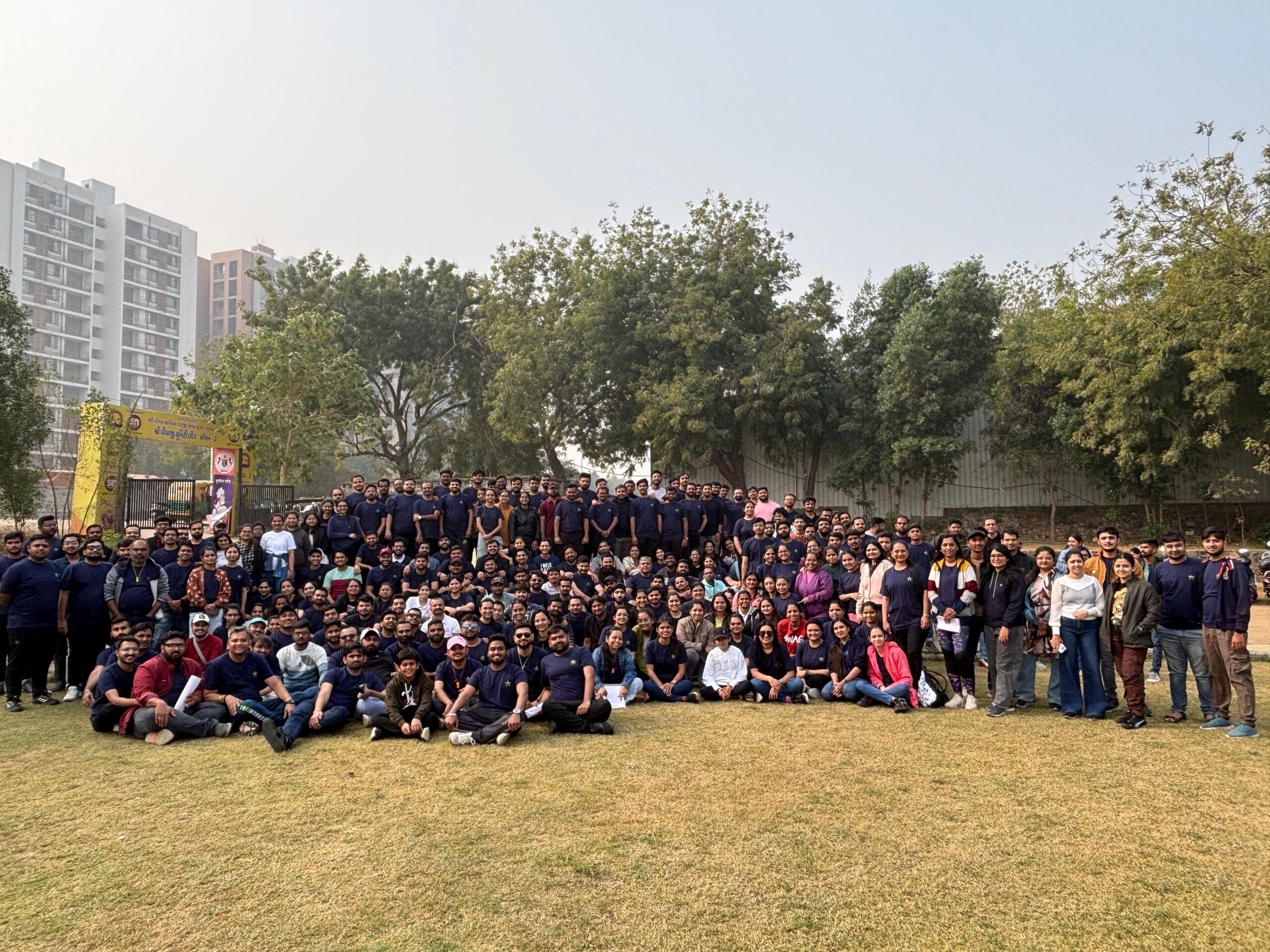

Technological advances in the accountancy space, whether it’s for your back office or client-facing, have been rapid in recent years. It does feel that anything is possible.
Despite these advances, coupled with the technical nature of accountants’ offering, it is still a ‘people game’. You must get to know and understand your clients’ requirements, and understand your own team members’ personalities and skills.
Therefore, using tech to automate your services and provide a broader and richer offering requires more than IT investment.
Paul Richmond, managing director of people consultants theGrogroup, says that you must first set out a vision and strategy to deliver future success. “An accountant in 2030 will need to be an adviser, tech-savvy and a change expert,” he explains. “They will need to be widely connected and know people who help clients. Key talents will need to be curiosity, adaptability, emotional intelligence and a growth mindset.”
But these skills and personality traits are
difficult to capture in one person. And from a cultural perspective, practices have focused on compliance services that are defined by collating historic data – which means forward-looking services will require a shift in culture.
“It’s not an overnight switch. You can’t just say your job is going to change now; it’s an impossible thing to do,” says Aynsley Damery, CEO of business advisory platform Clarity. “‘Historic’ is ingrained in accounting, the ethos of preparing things based on the last year, so there requires a shift into the unknown.”
A key skill for all client-facing staff is empathy, he explains, as it puts your people in a position to listen and understand what clients are going through. “Most employees don’t know what it’s like to understand what it’s like running a business… the fears, hopes and challenges – everything a client’s going through,” says Damery. “It’s incumbent on leaders to help staff understand this, so when clients are upset or cross they will turn to you to share with.
“It is about your people becoming sounding boards – not necessarily ‘business gurus’. They need to be open, help understand the issues and challenges, and to avoid asking ‘closed’ questions,” Damery adds.
Beyond strategy and culture comes process, setting out what you will do and how you will bring your practice closer to defining who undertakes which tasks.
“I’d map out the functions of the firm as a whole,” says Accounts & Legal director Stuart Hurst. “Rather than individual job descriptions, I’d look at job processes and ask people how they get from A to B to C to D… then ask the best way of doing it and what the barriers are to it improving.”
Setting out this path encourages your people to change and mould according to your overall direction of travel, rather than a pre-defined job description. “This way you’re changing the day-to-day… otherwise you create resistance,” says Hurst.
Once you understand where your practice is and where it’s heading, alongside a broad definition of how your people need to work and communicate with clients, what is next?
“I’m a big fan of really understanding what type of people you have in your team,” says Hurst. “Those that are more naturally extrovert will likely get more involved with clients and will be an easier conversion towards more proactive support.”
Clarity’s Damery believes a more nuanced approach is required, suggesting that extroverts aren’t always the best fit with certain clients. “It’s more about those that listen and ask the right questions,” he suggests.
“Remember that you’re not throwing people on stage and asking them to perform, and there isn’t ‘one way’ to train everybody – find methodologies that work for certain individuals. Build a culture of trust where people can fail safely, let them make mistakes in a controlled environment, and build trust and learn from it.”
You are looking to instil into your people that they need to open their mindset, that the firm is on a journey and you want them as part of that – though some things will change.
TheGrogroup’s Richmond poses an example of how the mindset and attitude must move. “One of the key frustrations we have is when accountants say: ‘We did a client survey and scored 8/10’. Well, you would because you asked the question: ‘Are we good accountants and do we give you enough help?’ To which the answer will be ‘yes’,” he says.
“However, what if you were bold and said: ‘To what extent do we help you with your strategy? Have we helped you grow your business this year? Do we enable you to grow your client base and suppliers?’ Ask that, and the response is likely to be 3/10.”
Damery suggests that taking such actions to change your firm’s direction doesn’t mean turning it upside down. Changes can be iterative and not necessarily revolutionary.
“There is still a place for people to do mainly technical work and a need for that,” he says. “Clients aren’t generally looking for anything mindblowing but focus, awareness and accountability – that shouldn’t be scary.
“Empower your team and give them the confidence to ask clients what you can help them with – ask the basic questions and respond in their language. They want help with the numbers, but also planning and the impact of the numbers and what different projections mean for them.”
If you have junior team members that are more comfortable with using new apps, and some senior members very comfortable with having valuable conversations with clients, then there is the opportunity for both to learn from each other.
“Certainly, if you’re looking to upscale people in terms of facing clients, then you have to bring them along to the meetings; there needs to be a mindset of coaching staff,” says Stuart Hurst.
Paul Richmond also extols the virtues of training. “If your firm is becoming more adviser-led then training and recruitment must reflect that. You’re looking at relationship skills, EQ, influencing, persuasion and the ability to lead clients – ensuring your people want to know as much about clients as possible,” Richmond explains.
As suggested earlier, adaptability is a key trait in a firm looking to support clients more proactively. And understanding your people’s ability to adapt may only come through experience. “While it’s trainable it’s much easier to recruit it,” says Richmond.
“You need to be having conversations with your individuals and using tools such as the nine-box grid to evaluate potential, and their appetite to adjust and develop. But people are either motivated by change and challenge or afraid of it.”
Hurst says: “The worst-case scenario is that someone doesn’t fit. Then it’s about reallocating – you need to have the right people in the right seat. That is not necessarily an easy or instant decision, so think carefully about performance management.
“Sometimes you have to nurture where you’re heading. With advisory it can be a bit more of an open conversation and by nature vary – certainly by client-by-client.”
Richmond asks you to consider which KPIs and metrics are being used to measure your firm’s success in operating with a different model.
“What do you want to hear back from a client?” he asks. “‘My accountant is always there for me and interested in how I do’. Then you must measure how often people contact clients or suggest ideas to them – what gets measured gets done. So, forget ‘who has hit budget’ and instead ask questions about client communication or adaptability.”






